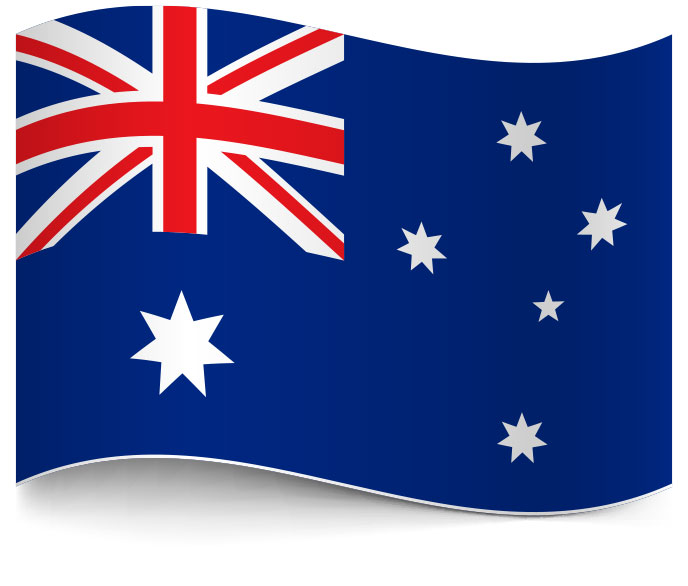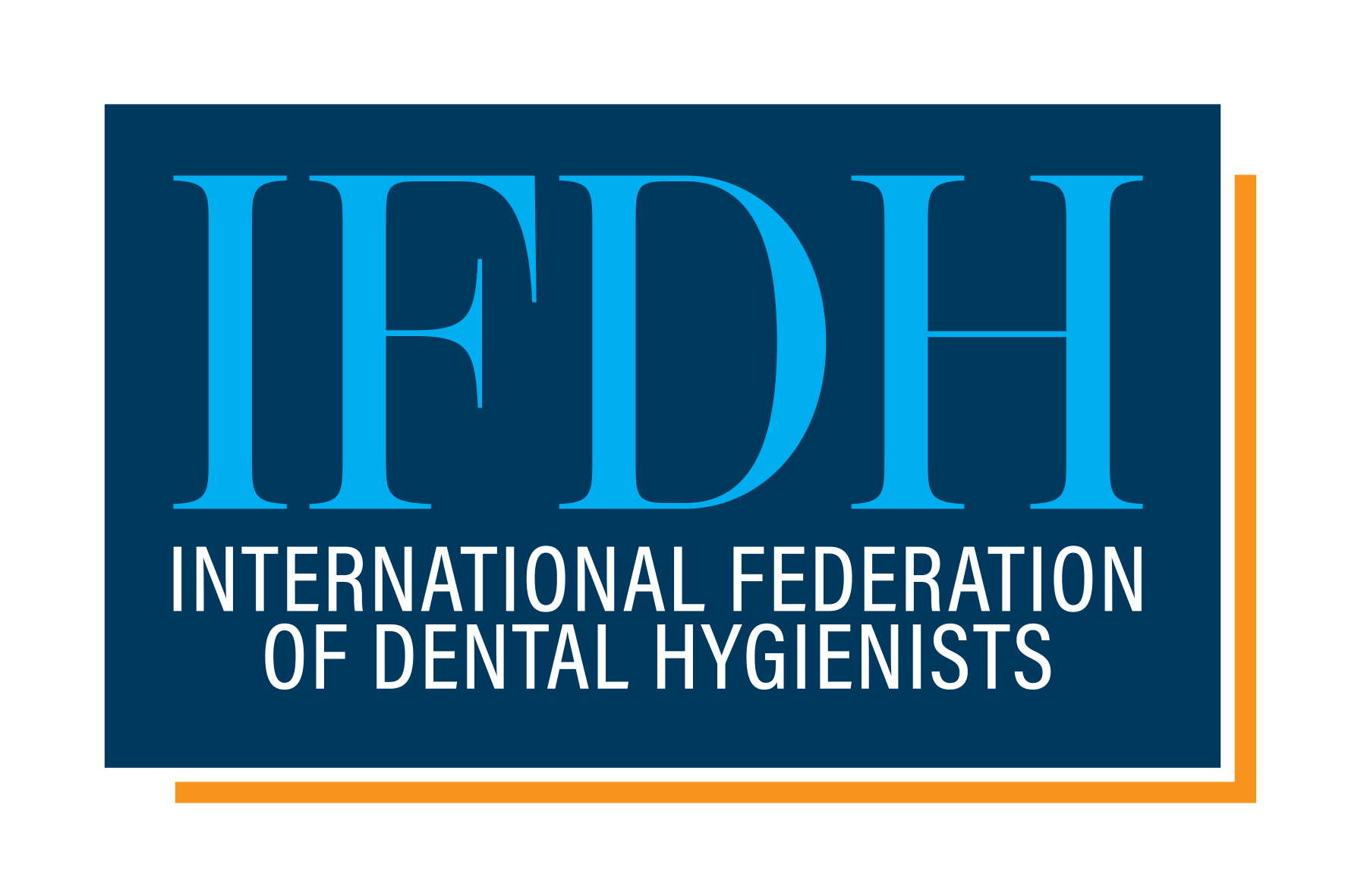Australia
Information to work in this country is available from
The Dental Hygienists Association of Australia (DHAA) and Australian Dental and Oral Health Therapists’ Association (ADOHTA) have merged to become the Oral Health Association of Australia Ltd (OHAA)
Oral Health Association of Australia
PO Box 405
NUNDAH QLD 4012
Phone: 0433 022 859
admin@ohaa.com.au

Procedures and/or documents that are necessary to be able to work in this country
A work permit/via and registration with the Dental Board of Australia, managed under the Australian Health Practitioner Regulation Agency
Official licensing body in the country
Special conditions that may apply for hygienists that obtain employment
Dental Hygienists must adhere to the Codes, Policies and Guidelines of the Dental Board of Australia.
Contact for Work Permit and/or Visa
Visit the Australian Government Department of Home Affairs website for more information
Is a job offer required before a Work Permit/Visa is issued?
Not usually.
Main local and/or official language(s)
See English language requirements of the Dental Board of Australia
Are hygienists qualified overseas required to sit the country's national examination?
In most cases, yes. You must complete the assessment process organised by the Australian Dental Council (ADC). This involves an assessment of your qualification(s) and completing the ADC written and practical examinations.
Information on the local working environment
85.2% of Dental Hygienists work in metropolitan areas. The majority of dental hygienists are employed in private dental practices. There are very few hygienists working in remote/country areas or in the public sector.
Standard tasks that a hygienist is allowed to undertake in the country
Dental hygienists must work within the scope of their formal education and training and in which they have proved competency.
Standard tasks are but not limited to:
- Comprehensive oral examination
- Periodontal examination
- Diagnosis and treatment planning within scope of practice
- Radiography (intraoral and extraoral – OPG)
- Dental health education
- Dietary counselling
- Risk factor evaluation
- Smoking cessation
- Oral hygiene instruction
- Preventive management of caries & periodontal disease
- Fissure sealants
- Application of desensitising agents
- Remineralisation procedures including fluoride therapy
- Placement of temporary restorations
- Administration of local anaesthesia infiltration and IAN block
- Removal of supra gingival and sub gingival deposits through scaling and root debridement
- Periodontal dressings
- Removal of sutures
- Splinting to stabilise mobile teeth
- Prophylaxis
- Overhang removal
- Polishing of restorations
- Clinical photography
- Impressions
- Study models
- Orthodontic procedures that do not initiate tooth movement
- Application of professional tooth whitening agents
Further information
For the most up-to-date details on registration, scope of practice, and professional standards:
- Dental Board of Australia (Ahpra) – Codes, Guidelines, Scope of Practice and Registration Standards: https://www.dentalboard.gov.au
- Australian Dental Council (ADC) – Overseas practitioner assessments and examinations: https://www.adc.org.au
- Australian Government Department of Home Affairs – Visa and work permit information: https://immi.homeaffairs.gov.au/visas/working-in-australia
For professional membership, continuing education, and workforce updates:
- Oral Health Association of Australia (OHAA) – Professional body for dental hygienists, oral health therapists and dental therapists: https://www.ohaa.com.au
For data and workforce insights:
- Australian Institute of Health and Welfare (AIHW) – Oral health and dental workforce reports: https://www.aihw.gov.au
Country Statistics
| Total Population | ~26 million (2023 est.) |
| Number of Dentists | ~19,600 (2022, Dental Board of Australia register) |
| Number of Dental Hygienists | ~2,100 (approx. 8% of regulated dental workforce, 2022) |
| Gender Ratio (Hygienists) | ~94% female / 6% male |
| Number of Dental Hygiene Schools | 10 (universities offering oral health programs, often dual OHT/hygiene qualifications) |
| Graduates per Year | ~250–300 (varies by intake) |
| Employment Status – Full-time / Part-time | Majority part-time; average 28 hrs/week (~30% fulltime, ~70% part-time) |
| Employment Sector – Private / Public | ~97% private sector / ~3% public sector |
| Primary Role – Clinicians | ~97% clinicians |
| Educators | <3% |
| Administrators / Consultants | <1% |
| Other Practice Settings | Minimal (<1%) |
Links to related web sites
Dental Hygienists’ Association of Australia Inc.
Torrens Valley Institute of TAFE
Information based on data received by IFDH in:
NOTE: The information provided above is for general guidance only. The International Federation of Dental Hygienists advises all hygienists to contact the country’s relevant licensing bodies and agencies for current information and regulations.


